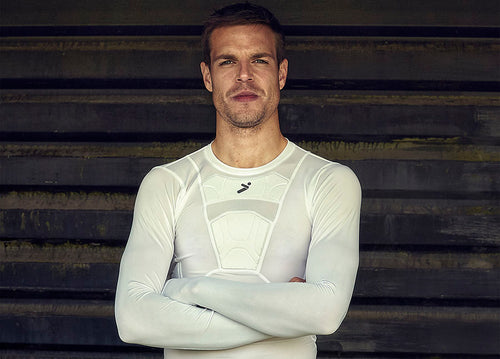Soccer players have a bad rep. Some of the greatest players are known for their elite “diving” skills and faking injuries to get penalty kicks and manipulate the game's outcome. The reality is that “fake injuries” are often real with some theatrics thrown in, and parents and coaches need to distinguish between them. This post will take a deeper look at this phenomenon and how we can protect players against real injuries.
Typical Reasons Players Fake injuries
Serious fans know why soccer players fake injuries so often. At the heart of these theatrics is a desire to manipulate the course of a game. Generally, players who fake injuries hope for a few outcomes.
Why Do Soccer Players Fake Injuries?
- Getting the referee to give a yellow or red card to the opposing team (so they can lose a player)
- Getting a penalty kick (which can mean an easy goal)
- Getting a freekick, which can improve a team’s chances of scoring
- Getting the opposing team frustrated (which can affect their performance for the worse)
Ultimately, faking an injury (or the severity of an injury) can provide an advantage that a team couldn’t create independently. And although fans and critics of soccer alike might say that soccer players are “soft,” they’re not because the purpose of faking an injury is to gain an advantage. Of course, some of these injuries are real.
How to Assess Whether An Injury is Real or Fake
Here’s the real deal with some of these fake-looking injuries - they’re more accurate than they appear. If you’ve played soccer long enough, you can relate to this. A seemingly “mild” tackle can hurt more than spectators realize. You can feel a surge of pain for literally 20-30 seconds, only for it to disappear. It’s the reason why some soccer players get up shortly after falling.
When you think about it, too, they usually get stuck in the most sensitive areas when soccer players get tackled. The shins, ankles, and knees are bony areas covered with few muscles and plenty of nerves. So yes, a hard kick will hurt. But usually, they do not for long.
Of course, redness, swelling, and bruising are apparent signs you were injured. But again, these are mild and tend to heal on their own.
But even getting hit in a fleshier area can result in painful muscle damage. So to some extent, even those injuries aren’t fake. Of course, if you see a player bawling in pain and unable to move, their injury is probably real. The opposite is true, too - if they randomly drop after a few seconds of being fine, the player is just showcasing their acting/diving skills.
The Dangers of Downplaying Real Injuries
The “just get up” mentality cast onto players is damaging and dangerous. Assuming that a soccer injury is “fake” can foster a culture of ignoring injuries that are not only real but serious (or even life-threatening). That is especially true for concussions and brain injuries. Now that we’re seeing how even mild or sub concussive impacts can affect the brain, just shrugging these hits off is a terrible idea.
In a previous post, we highlighted research that demonstrated how heading the ball repeatedly increased the level of proteins associated with neurodegenerative disease. So even if you see what looks like a light player-to-player bump of the head, especially if repeated, it could be worse than it seems. Even leg injuries that seem mild could have inflicted more damage than a player or coach realizes.
Here's what should be the ultimate rule: if a player complains about pain or seems hurt, set them aside. At least grant them some time for rest and, at most, have them examined by a doctor if you suspect their injury looks more severe than first assumed. It’s better to be safe than sorry.
Protecting Against Real Soccer Injuries
Of course, the more you can do to prevent a soccer injury, the better. Wearing soccer protective gear such as a soccer concussion headband can reduce your risk of brain injury, just as padded leggings can reduce the likelihood of abrasions and bruise. Practicing with proper technique, whether header technique or visual skills, can also reduce injury.
Of course, when it comes to preventing soccer players from faking injuries, that’s a different beast altogether. Occasionally, referees card players who fake injuries, but this isn’t a standard across all leagues yet. We’ll just accept that players are innocent until proven guilty.
Are you looking for more tips on soccer injury prevention? Check out our Storelli blog for ideas and insights!






















